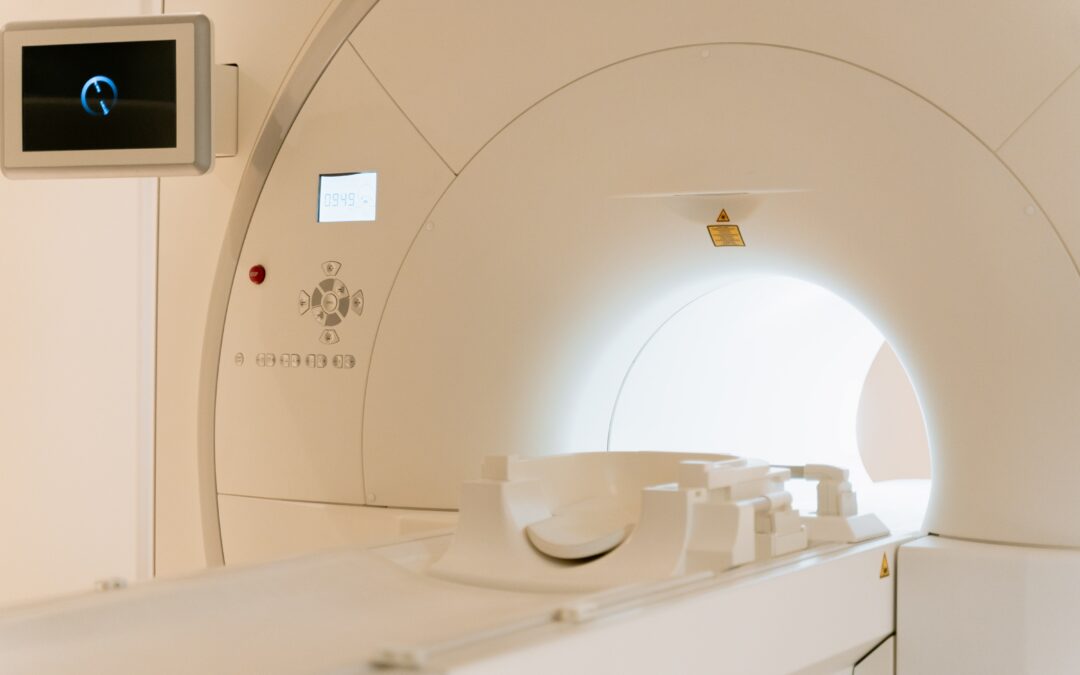Advanced Imaging in Veterinary Medicine: Unveiling the Power of CT Scans for Diagnosis and Treatment
Computed tomography (CT or CAT scan) uses x-rays to produce cross-sectional slices of the body to provide detailed images of internal organs, bones, soft tissues and blood vessels. In veterinary medicine, it has a broad variety of uses and is used by the specialists at VVS to diagnose soft tissue disorders in the chest and abdomen, bone abnormalities and some spinal problems, including intervertebral disc disease. In surgical oncology, CT scan is often used to confirm the presence of a tumor, measure its size and determine its precise location and possible involvement of other structures in the body. In addition, CT scans of the thorax can provide more detail than conventional x-rays when evaluating patients for metastatic disease. Our internal medicine specialists utilize CT scans for the diagnosis and treatment of disease in the nasal cavity, evaluation of congenital abnormalities of the liver and urinary system and evaluation of the chest cavity. In surgery, CT scans are useful in the detection of congenital orthopedic diseases, such as elbow dysplasia, planning complex angular limb deformity correction, evaluating the small bones of the wrist and ankle joints, and evaluation of the head and neck region, including ear disease, oral masses, etc.
A CT scan works by obtaining multiple images of the body, creating high-resolution thin sections or “slices” through the region of interest that can also be converted into a three-dimensional image as opposed to the traditional two-dimensional image provided by conventional x-rays. The patient is anesthetized or occasionally heavily sedated during the CT scan and a series of images are obtained. In some cases, an intravenous iodinated contrast agent is also given to allow identification of specific structures or help identify regions of inflammation. The entire process typically takes about 45 minutes to complete. Following the scan, your doctor will discuss the findings with you and develop a treatment plan.

